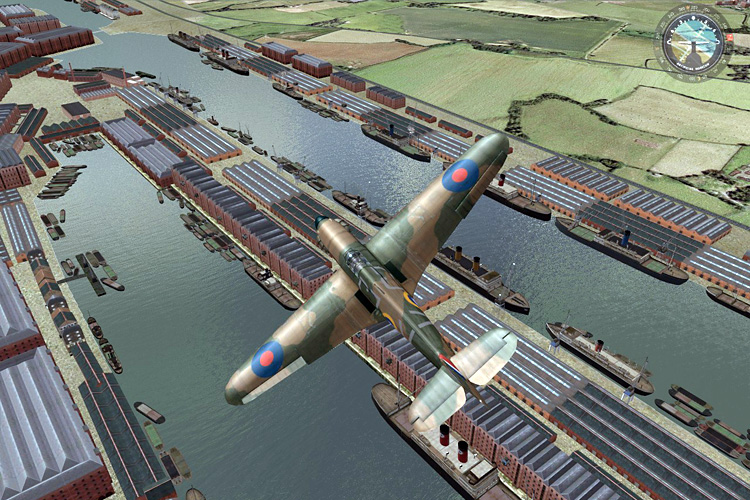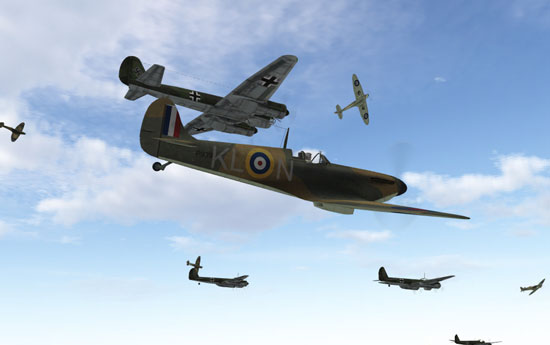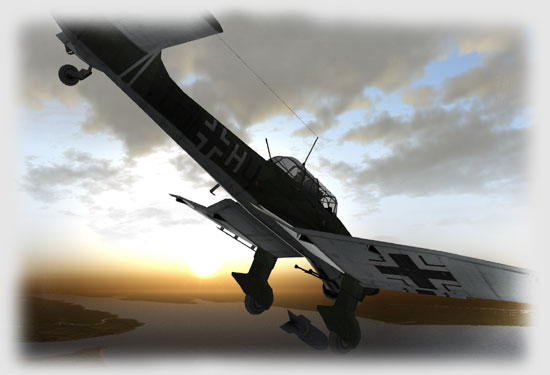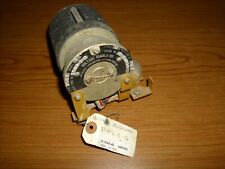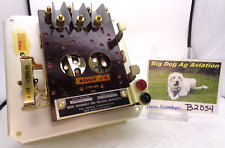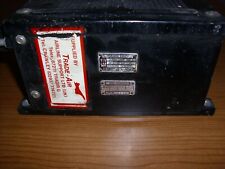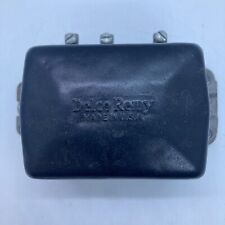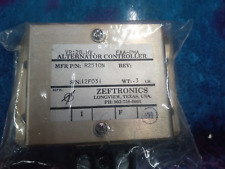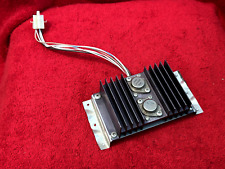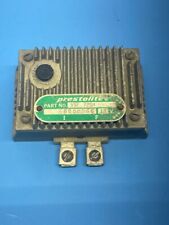
What Makes a Good Mission? Good Briefings
- If the mission is designed for certain realism settings make sure you say so. I have written several missions that only make sense if played on full real — for example a night dogfight mission in 1940 where pilots are meant to use searchlights to find the enemy, not padlock, icons or externals. Another mission may need full map icons on to simulate “Serrate” in a night time Beaufighter – 110 cooperative mission. The host will need to know this and the best place to put it is in the “Short” section that only the host will see.
 I may be alone in this but I am not a fan of a history essay at the beginning of briefings. Real pilots wouldn’t have one so it instantly brings in less realism rather than more. A few words about the current situation (“our forces are advancing on Libau”), a date, time, met report and a description of the player’s task are plenty. This can include a lot of information — the player may be escorting IL-2’s but would doubtless like to know about enemy flak hotspots, other friendlies in the area etc. If the Finns are known to be operating Russian aircraft in the recon role it may help to know. If the Russians are operating their IL-2’s alongside allied Rumanian Hs-129’s this is vital information for a German fighter pilot. Basically — give the player what he needs to know, including what he has to do to “pass” the mission, but do not encumber him with “In 1943 the Germans were…”
I may be alone in this but I am not a fan of a history essay at the beginning of briefings. Real pilots wouldn’t have one so it instantly brings in less realism rather than more. A few words about the current situation (“our forces are advancing on Libau”), a date, time, met report and a description of the player’s task are plenty. This can include a lot of information — the player may be escorting IL-2’s but would doubtless like to know about enemy flak hotspots, other friendlies in the area etc. If the Finns are known to be operating Russian aircraft in the recon role it may help to know. If the Russians are operating their IL-2’s alongside allied Rumanian Hs-129’s this is vital information for a German fighter pilot. Basically — give the player what he needs to know, including what he has to do to “pass” the mission, but do not encumber him with “In 1943 the Germans were…”
What Makes a Good Mission? Realistic Aircraft Behavior
- Often in missions one sees a random collection of aircraft that seems designed so everybody in that co-op (for example) finds an aircraft they love to fly. There’s nothing wrong with that, I suppose, but it isn’t too realistic. Sometimes however the mission designer can mix aircraft realistically because they did operate together. 16 GIAP would fly with P-40’s at medium altitude covered by P-39N’s over them. 4 GIAP used Yak-7B’s as close escort for KBF Sturmoviks while La-5’s operated as top cover. JG54 would sometimes mix Fw-190 and Bf-109 fighters in a mission. They key here is to find the right mix. Yak-9T’s are far more likely to fly with Yak-9’s than with La-5FN’s.
- Related to the last topic: in dogfight missions there are often bases with 20 or more flyable aircraft. This attracts a lot of players but is a very different experience from, let’s say, a red base with IL-2’s and Yak-1B’s only and a blue base with Stuka-D’s and Messerschmitt G-2’s. In the latter case, people tend to fly as a team a lot more and are more willing to act as escorts, wingmen and so on.
- Mission types: La-7’s are far more likely to operate across enemy lines in a free hunt than Yak-7B’s. Pe-2’s, due to their speed and agility, make better airfield bombers than IL-4’s. Is the mission realistic for the aircraft type? Soviet B-25’s rarely operated in enemy territory in daylight until 1945 so making a B-25 mini-campaign of ten daylight missions will not give the player a good picture of the operations.
- Mission altitude, speed: the whole point of the Ju-88 and Pe-2 during the first years of the war was that their speed at altitude rendered them immune from interception unless their attackers were in exactly the right spot. Seeing Ju-88’s trundling along at a ground speed of 300 km/h in mission after mission is unfortunate — they should be very hard for an I-16 to catch if he is engaged by fighters. That’s why they built MiG-3’s.
- In account after account of Eastern Front air combat we read of aircraft turning away before they got to the target. It may be that US 8th Air Force B-17’s never turned away but Stukas, Heinkels, IL-2’s and so on frequently did. The relatively ineffective defensive armament on these aircraft and the nature of the air war on the Eastern Front frequently meant that once intercepted by significant opposition pilots would turn back rather than risk going down over enemy lines. So a pilot’s waypoints may take him over the target area but halfway there, 30 seconds after those Finnish G-2’s with cannonpods are spotted, the IL-2’s decide to head home. The pilot will need to notice this. It also adds some realism — the pilot knew the intended route but circumstances have forced a change.
In summary — a memorable mission offers choices and challenges in a realistic environment that can be enjoyed without stuttering and slowdowns. As for the drama — you will need to add that yourself. Good luck.
We want your Feedback. Please let us know what you thought of this article here.



